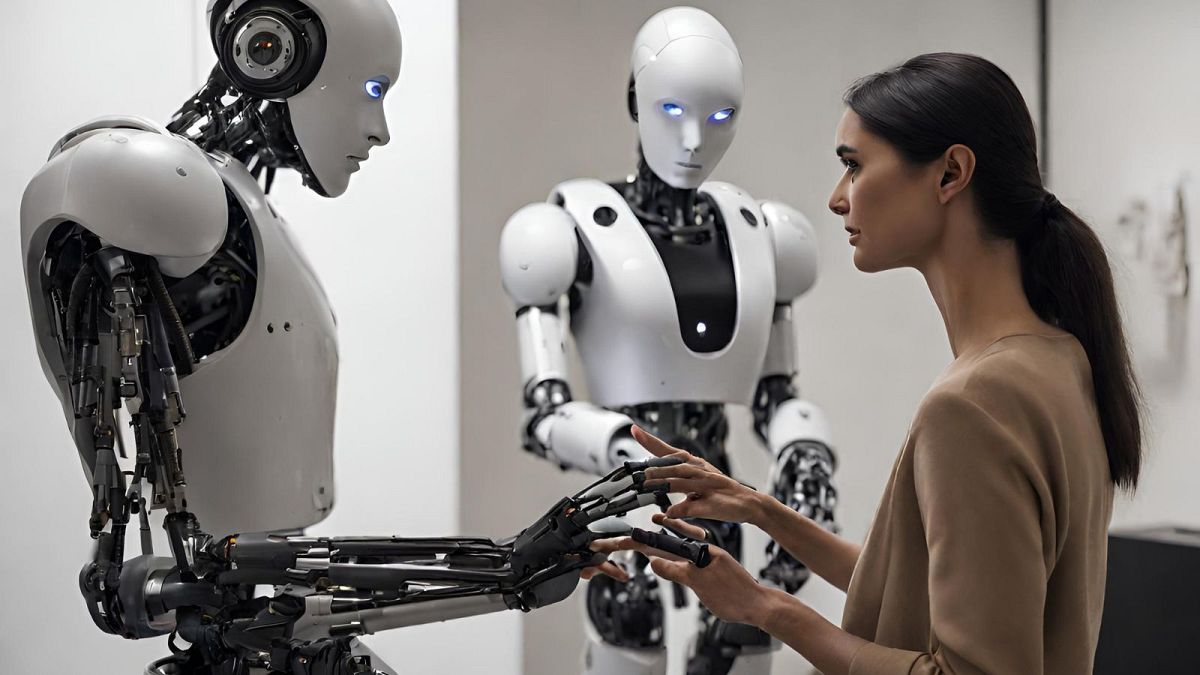In the buzz of Tesla’s flashy Optimus demos and China’s AI dominance, the humanoid robots rarely brings Europe to mind. But behind the scenes, Europe is building the future of robotics on a foundation of ethics, sustainability, and human first integration. The world may be watching the America and Asia but Europe may quietly win this race.
The Global Spotlight: America and Asia Lead the Noise
The conversation about humanoid robots is often monopolized by American and Asian companies. Elon Musk’s Optimus, with its dramatic stage reveals and warehouse simulations, keeps Tesla in the headlines. Boston Dynamics’ Atlas has wowed audiences for years with its parkour stunts and military style agility.
Meanwhile, Asia’s progress is no less impressive. Japan and South Korea pioneers in robotics have spent decades refining machines like ASIMO and HUBO. Today, China invests billions annually to leapfrog into leadership with highly advanced humanoid prototypes. But when the hype fades and the robots need to deliver in hospitals, homes, and disaster zones Europe’s quiet, deliberate approach to humanoid robots begins to shine.
Europe’s Philosophy: Human Centered Design Over Hype
In contrast to the hardware heavy race of Asia and the software centered showmanship of the America Europe builds with purpose. European robotics companies such as PAL Robotics (Spain), Roboy (Germany), and Engineered Arts (UK) focus on functional humanoid robots for real world application not cinematic flair.
Based in Barcelona, PAL Robotics developed REEM-C, a bipedal humanoid robot designed for academic and industrial research. It’s not built to dance; it’s made to support human roles from guiding airport travelers to assisting in research labs.
Dr. Lidia Marcelli, a robotics engineer at the Sapienza University of Rome, says. Europe doesn’t want humanoids that mimic humans for the sake of it. We want them to coexist, assist, and enhance quality of life. That subtle shift in intention could give Europe a long term edge.
Germany’s DAVID Robot: Engineering Meets Ethics
In Germany, the German Aerospace Center (DLR) has taken a unique direction with its DAVID robot an advanced humanoid designed for high stakes environments, including space missions and industrial cooperation. Unlike Tesla’s Optimus which aims to automate labor DAVID is about collaboration. It learns human movement patterns and works side by side with operators.
Precision mechanics, adaptive AI, and physical safety are deeply prioritized. Germany’s robotics philosophy ties into its long standing industrial culture: robust, accountable, and safe. DLR’s humanoid robots are slower to market but they meet stricter performance, safety, and ethical standards.
Ethical AI Framework: Europe’s Secret Weapon
While American firms rush for market dominance and China scales at government backed speed, Europe is anchoring its growth with legislation. The EU AI Act is the world’s first comprehensive regulation for artificial intelligence, with specific clauses around humanoid robots and their interaction with humans.
André Lemoine, AI policy advisor at France’s INRIA, states. The EU isn’t afraid to slow down progress if it means avoiding societal harm. Our rules don’t hinder innovation they future proof it. This regulatory backbone builds public trust which is essential when humanoid robots become caregivers, assistants, or even companions.
The Scandinavian Experience: Robots With Empathy
Scandinavian countries provide a real world look at how humanoid robots can blend into society compassionately. In Denmark, robots like Tessa are used in elder care to remind patients to take medication or guide them through light exercises. In Sweden, Pepper robots are used in classrooms to teach emotional intelligence and language skills.
Anna Lindström, a Swedish elder care nurse, shares, Tessa isn’t just a machine. For many of our residents, she feels like a friend. They smile when she greets them. Some even confide in her. These stories aren’t about perfect hardware or super fast processors they’re about emotional impact. And that’s where Europe quietly excels.
Why the Slow and Steady Approach Wins
In the flash and fury of the humanoid race, Europe’s restraint might be its greatest advantage. Rather than focus on rapid iteration, Europe prioritizes. Human robot interaction safety, Long term usability in sensitive environments, Public transparency and legal accountability, Emotional intelligence and soft skills in robotics.
While other regions test humanoid robots in simulation labs, Europe is deploying them in real environments from hospitals to homes. Prof. Camille Duval, AI Ethics Chair at Sorbonne University, says. Europe’s robots may not go viral, but they’ll go the distance.
The Silent Rise of Europe in Humanoid Robotics
The humanoid robots industry is at a crossroads. Flashy demos no longer impress policymakers, healthcare providers, or educators real world impact does. And in this domain, Europe is building a compelling case. Through ethical AI, strong academic collaboration, robust regulation, and a human first mindset, Europe may not just participate in the humanoid race it may quietly win it.

